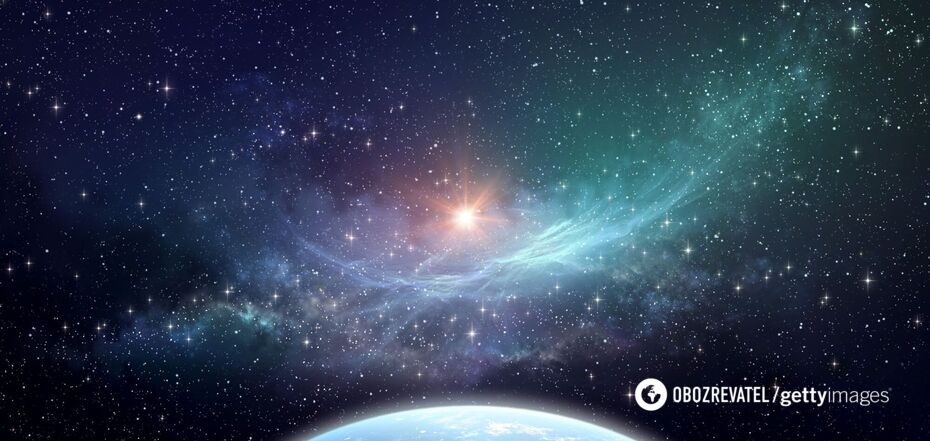News
NASA's telescope spotted the oldest supernovae that may reveal the cosmic origin of humans
NASA's James Webb Space Telescope (JWST) may have spotted the remnants of the very first supernovae in the universe for the first time. This is the chemical fingerprint of the first stars and the beginning of the process that eventually created almost all the elements of the periodic table and the "stardust" that makes up our bodies.
This is stated in a study published on the arXiv preprint site. The work of scientists is currently awaiting review by the scientific community.
The stars that formed after the Big Bang (the so-called population III stars) mostly contained hydrogen and helium. When they later reached the end of their lives, they exploded in supernovae, forming heavier elements that became the basis of a new generation of stars.
Astronomers could not observe the stars themselves or their explosions because they were born and died only a few hundred million years after the Big Bang. Instead, Roberto Maiolino of the University of Cambridge and his colleagues used JWST to study one of the oldest galaxies, GLASS-z12, which they observed for more than 50 hours. This galaxy appeared 350 million years after the Big Bang and was discovered with JWST.
Analysis of the galaxy showed that it contains carbon, as well as faint signs of elements such as oxygen and neon.
"This is the most distant trace of any heavy element in the Universe, and that's very important," Maiolino explained.
Scientists have studied the ratio of carbon to oxygen in the galaxy as this is a factor that can tell us about the stellar processes that are taking place. Traditionally, in galaxies of the early Universe, this ratio tends to decrease as stars had less time to re-explode and "pollute" their galaxies with carbon. Instead, the researchers were surprised to find that GLASS-z12 had a higher carbon-to-oxygen ratio than many young galaxies.
The scientists admit that the source of this carbon is unclear to them as the galaxy's short lifetime and high mass rule out many scenarios, such as regular supernovae.
However, they do have a hunch that explosions of population III stars, which are low-energy and extremely pure hydrogen and helium, are responsible for this. This allows them to produce more carbon than other stars.
If this explanation is correct, then observing the galaxy may allow scientists to see the stellar process that created all the elements, even though we will never see the population III stars themselves.
"The Universe is getting polluted surprisingly fast as just one Population III supernova is enough to start forming less pure stars. It's really just a moment that they're trying to capture," Emma Chapman of Imperial College London explained the researchers' work.
Earlier, OBOZ.UA reported that NASA's telescope discovered a distant twin galaxy of the Milky Way.
Subscribe to OBOZ.UA on Telegram and Viber to keep up with the latest events.



























